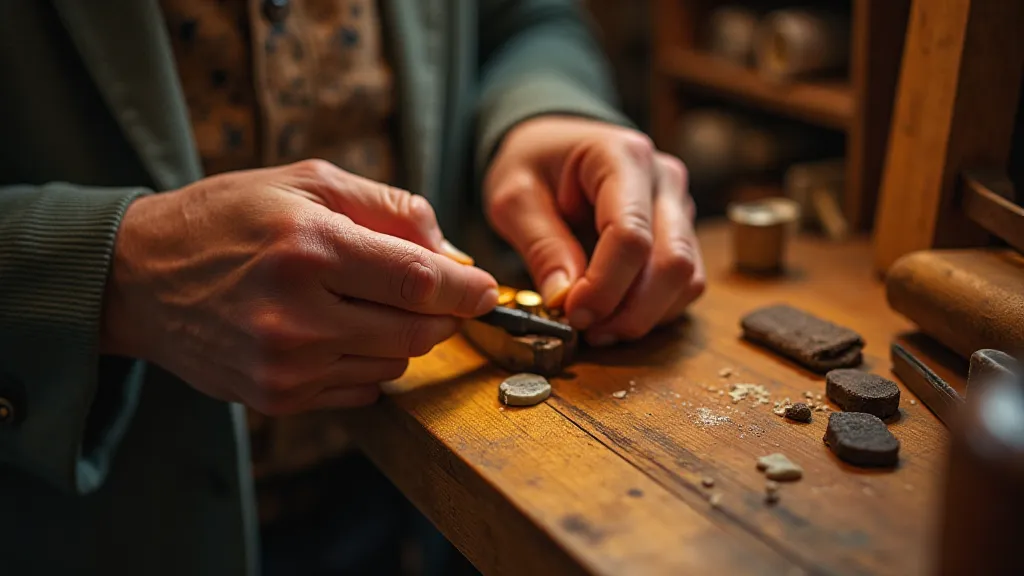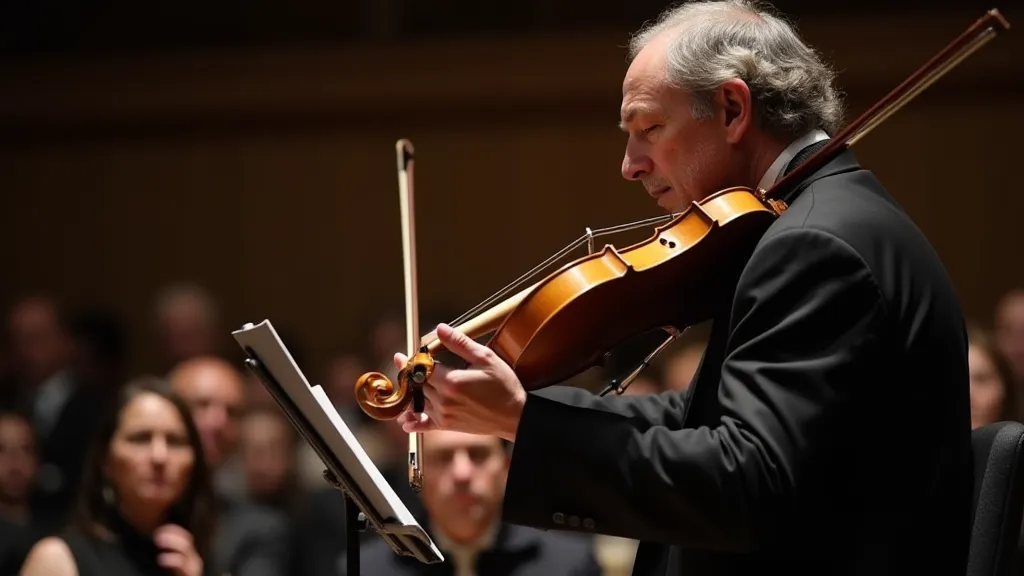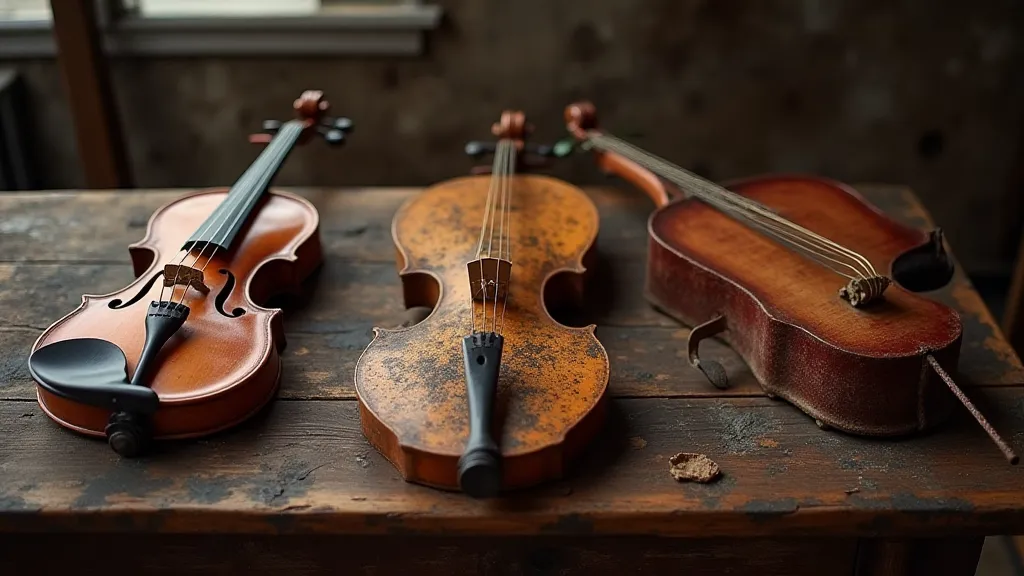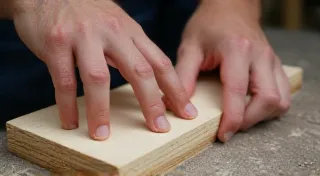The Silent Language of Bows: An Exploration of String Instrument Technique Across Cultures
The scrape of a bow across strings, whether on a violin, a erhu, or a kamancheh, is a sound that resonates deep within the human soul. It’s a sound that speaks a language older than words, carrying echoes of history, culture, and emotion. While the basic principle remains the same – friction creating vibration – the nuances of bowing technique and playing styles across different regions paint a vibrant tapestry of musical expression. This isn't just about sound; it’s about embodying tradition, communicating stories, and honoring the craftsmanship that brought these instruments into being.
My own connection to this "silent language" began unexpectedly. As a child, I’d spend hours in my grandfather's cluttered workshop, drawn to the scent of wood shavings and the quiet hum of his tools. He was a luthier, specializing in antique accordions, and occasionally he’s repair other stringed instruments. I remember him patiently explaining the delicate process of rehairing a violin bow, the subtle adjustments needed to achieve the perfect tone. He said it wasn’t just about the hair itself, but the tension, the angle, and the pressure applied – a tiny universe of variables influencing the resulting sound. These moments instilled in me a profound respect for the artistry and dedication required to coax music from a stringed instrument.
European Elegance: The Classical Bowing Tradition
The classical European tradition, epitomized by the violin family (violin, viola, cello, double bass), places immense importance on precision and control. The bowing technique, developed over centuries, emphasizes smooth legato phrases, vibrant staccato notes, and a wide range of dynamics achievable through subtle changes in bow placement and pressure. The "French bow," widely adopted as the standard, prioritizes a controlled and even stroke, often employing the entire length of the bow to produce a sustained, singing tone. Conversely, the "German bow" tends to favor shorter bow strokes, emphasizing clarity and articulation.
Historically, the evolution of the bow itself played a crucial role in shaping this technique. Early bowed instruments, like the medieval vielle, used bows made of animal hair stretched over a simple wooden frame. The gradual refinement of the bow, with its arched shape, adjustable tension, and carefully crafted frog (the part held by the musician), allowed for a greater range of tonal possibilities and a more expressive bowing style.

The Soulful Draw of the Erhu: A Chinese Perspective
Moving eastward, we encounter the erhu, a two-stringed bowed instrument often referred to as the "Chinese violin.” While superficially similar to the violin, the erhu’s bowing technique is fundamentally different. Unlike the European bow, which is held almost perpendicular to the strings, the erhu bow is drawn parallel to the strings, causing both strings to vibrate simultaneously. This creates a unique, resonant tone, often described as mournful or introspective.
The erhu's bowing style is intimately tied to its cultural context. In traditional Chinese music, the erhu is often used to evoke a wide range of emotions, from joy and celebration to sorrow and lament. The subtle vibrato, the delicate portamento (sliding between notes), and the expressive use of dynamics all contribute to this emotional depth. The bow itself is shorter than a violin bow, and the angle of attack is crucial for producing the characteristic timbre. It's a technique honed over generations, a conversation between musician and instrument rooted in centuries of storytelling.
Persian Resonance: The Kamancheh and its Echoes
Across the Middle East and into Central Asia, we find the kamancheh, a spiked fiddle that embodies a distinct expressive style. Its distinctive spike rests on the ground or knee, allowing the player a surprising degree of freedom of movement. The bowing technique is often characterized by a vigorous, sweeping motion, producing a powerful and vibrant sound. Compared to the more restrained bowing styles of Europe, the kamancheh’s approach is visceral and energetic.
The kamancheh’s sound is deeply connected to the Persian musical tradition, which emphasizes improvisation and ornamentation. The musician often embellishes the melody with intricate trills, grace notes, and subtle variations in tempo and dynamics. The bow pressure and angle are constantly adjusted to shape the tone, creating a shimmering and evocative soundscape. The unique construction of the kamancheh – often utilizing gut strings and a relatively flat bridge – further contributes to its distinctive character.

Beyond Technique: The Craftsmanship and the Soul
Ultimately, the "silent language of bows" isn's just about the techniques; it's about the instruments themselves. The materials used – the wood for the body, the horsehair for the bow, the gut or synthetic strings – all contribute to the final sound. The skill of the luthier, the careful selection of wood, and the meticulous attention to detail all play a vital role. An antique accordion, for example, isn’s just a musical instrument; it's a testament to the ingenuity and artistry of a bygone era. Restoring one requires more than just mechanical skill; it requires an understanding of the original construction methods, the types of materials used, and the aesthetic principles that guided the maker.
My grandfather taught me that every instrument has a “voice,” a unique character shaped by its materials, its construction, and the hands that have played it over the years. Listening to an old instrument is like listening to a story, a history etched into its wood and strings. The subtle imperfections, the patina of age, these are not flaws; they are marks of authenticity, signs of a life lived in the service of music. The best players don't just play an instrument; they become one with it, allowing its voice to flow through them, translating emotion into sound. And it's in that connection, that silent language of bows, that the true beauty of traditional music resides.

The preservation of these traditions, these instruments, and the knowledge of their construction and playing techniques, is a responsibility we all share. By appreciating the subtle nuances of bowing styles across cultures, we not only deepen our understanding of music but also honor the legacy of the countless musicians and craftspeople who have dedicated their lives to the art of stringed instrument performance.





